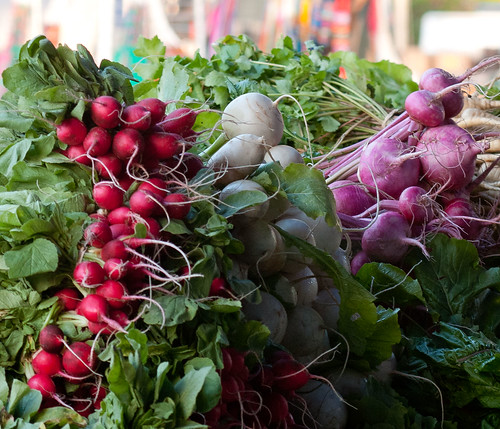
Each year the nation’s farmers and ranchers confront tough business decisions, adverse weather, and harvesting challenges – striving to balance seasonal planning, as well as long-term planning for future generations. We recognize that producers’ needs shift over time, and the Risk Management Agency (RMA) continues to listen to producers who share their stories and concerns. By listening, learning, and pilot-testing new or expanded insurance options, RMA continues to ensure that a critical safety net for modern agriculture, federal crop insurance, is available for the greatest number of farmers and ranchers.
We’ve developed new insurance options to provide efficient coverage for all crops on the farm. RMA’s innovative Whole-Farm Revenue Protection (WFRP) allows producers, who previously had limited access to a risk management safety net, to now insure all of their farm’s commodities at one time. This coverage encourages crop diversity on the farm which directly supports the production of a wider variety of food. As the first crop insurance policy available nation-wide, WFRP is tailored for any farm with up to $8.5 million in insured revenue, including farms with specialty or organic commodities (both crops and livestock), or those marketing to local, regional, farm-identity preserved, specialty, or direct markets.
Livestock producers who utilize WFRP will be able to insure up to $1 million worth of animals and animal products. Ranchers may also protect against loss of forage produced for feeding livestock by using the Rainfall Index Pasture, Rangeland, Forage pilot program, available in all 48 contiguous states beginning with the 2016 crop year.
Additional tools were also made available to enhance crop insurance for organic and specialty crop growers. RMA expanded organic price elections in 2016 to bring the total number of crops with organic premium price elections from 4 crops (beginning in 2011) to 47 crops. RMA expanded insurance coverage for fresh fruit and nut growers by expanding the Supplemental Coverage Option and the Actual Production History Yield Exclusion to cover crops in select counties, beginning with the 2016 crop year.
Finally, beginning farmers and ranchers incentives authorized in the 2014 Farm Bill were made available to farmers and ranchers for fall planted wheat in 2014. To date, over 13,500 new and beginning farmers and ranchers have taken advantage of these incentives on almost 49,000 policies. Beginning farmers and ranchers have saved over $14 million in premiums and administrative fees because of this provision.
American producers know that crop insurance is a proven tool for managing the risks of modern agriculture. By offering innovative insurance options to a greater number of producers, RMA is promoting sustainable growth for the industry, supporting crop diversification, and most importantly, keeping farmers and ranchers on their land.
